 2019 Hyundai i30 III (facelift 2019) Dimensions, Size & Specs
2019 Hyundai i30 III (facelift 2019) Dimensions, Size & Specs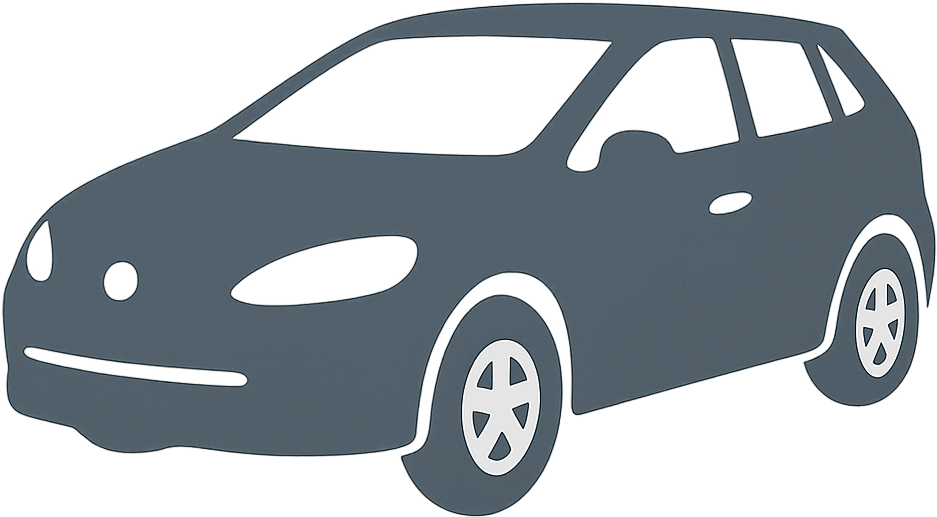
Measurements of the 2019 Hyundai i30 III, engineered for optimal performance and comfort
| Dimensions | |
|---|---|
| Length: | 4340 mm170.9 in14.2 ft |
| Width: | 1795 mm70.7 in5.9 ft |
| Height: | 1447-1455 mm57.0-57.3 in4.7-4.8 ft |
| Ground Clearance: | 136-140 mm5.4-5.5 in0.4-0.5 ft |
| Trunk Capacity: | 395 liter13.9 cu ft |
| Trunk Capacity (Max): | 1301 liter45.9 cu ft |
| Weight Specifications | |
| Curb Weight: | 1185-1429 kg2612-3150 lbs |
| Maximal permitted Weight: | 1760-1950 kg3880-4299 lbs |
| Roof Load: | 80 kg176 lbs |
The Hyundai i30 III (facelift 2019) is a refined compact hatchback produced between 2019 and 2020. This generation features subtle design updates while maintaining its well-balanced size and practicality. The vehicle measures approximately 4335 to 4340 mm (170.7 to 170.9 inches) in length, 1795 mm (70.7 inches) in width, and stands between 1447 and 1455 mm (56.9 to 57.3 inches) tall. These dimensions place it comfortably in the compact hatchback category, ideal for urban driving and everyday use.
Curb weight ranges from 1185 to 1429 kg (2613 to 3149 lbs), depending on the specific trim and equipment levels, with maximum permissible weight varying between 1760 and 1950 kg (3881 to 4299 lbs). This weight distribution supports stable handling and an efficient driving experience.
The Hyundai i30 III offers practical luggage space with a boot capacity of 395 liters (13.9 cubic feet), which expands substantially to 1301 liters (45.9 cubic feet) when the rear seats are folded down—making it versatile for both passenger comfort and cargo needs. The roof load limit stands at 80 kilograms (176 pounds), enabling additional storage options for roof boxes or bicycles.
Ride height or ground clearance for this facelift version ranges from 136 to 140 mm (5.35 to 5.51 inches), which balances the need for comfortable city driving while maintaining a sporty stance and sufficient clearance over typical road obstacles.
Overall, the Hyundai i30 III facelift 2019 stands out in the compact hatchback segment with a harmonious blend of size, functionality, and weight characteristics that appeal to drivers seeking a reliable, modern, and practical vehicle for both daily commuting and longer journeys.
Discover the standout features that make the 2019 Hyundai i30 III a leader in its class
Have a question? Please check our knowledgebase first.
The Hyundai i30 III (facelift 2019) hatchback has a length ranging from 4335 to 4340 mm (approximately 170.7 to 170.9 inches). Its width is 1795 mm (70.7 inches), and height varies between 1447 and 1455 mm (56.9 to 57.3 inches). These dimensions make it a compact car suitable for urban and suburban driving while providing adequate interior space.
The Hyundai i30 III facelift model's curb weight ranges from 1185 kg to 1429 kg (around 2613 to 3149 pounds), depending on the trim and equipment. The vehicle's maximum weight (gross vehicle weight) ranges between 1760 kg to 1950 kg (3881 to 4299 pounds), indicating its carrying capacity when fully loaded with passengers and cargo.
The Hyundai i30 III offers 395 liters (13.9 cubic feet) of luggage space behind the rear seats, which is adequate for daily errands and small trips. When the rear seats are folded down, the available luggage capacity expands significantly to 1301 liters (45.9 cubic feet), making it versatile enough to carry larger items and cater to varied cargo needs.
The roof load limit for the Hyundai i30 III facelift is 80 kg (176 lbs), which means you can safely carry additional gear such as a roof box or bicycles, provided the load does not exceed this weight. Its ride height or ground clearance ranges from 136 mm to 140 mm (5.35 to 5.51 inches), giving it sufficient clearance for typical road conditions but not designed for off-road terrain.
Yes, the Hyundai i30 III facelift fits comfortably in a standard garage. Typical garage sizes are about 2400 mm (94.5 inches) wide and 4800 mm (189 inches) deep, which accommodate the i30’s dimensions (length of approximately 4340 mm and width of 1795 mm) easily. The height ranging around 1455 mm also ensures no issues with standard garage door heights.
Compared to the i30 II generation, the i30 III facelift maintains very similar dimensions, with a slight increase in length to approximately 4335-4340 mm (170.7-170.9 inches) versus the previous model’s length of around 4300-4335 mm. Width remains consistent at about 1795 mm. The slight growth in length and refined styling give the newer model an updated presence and potentially improved interior space. Weight and luggage capacity have also been optimized but remain in a similar range as the predecessor, balancing comfort and efficiency.
The Hyundai i30 III facelift competes well size-wise with other compact hatchbacks like the Volkswagen Golf, Ford Focus, and Mazda3. Its length of roughly 4335-4340 mm (170.7-170.9 inches) is comparable to the Golf (about 4250-4268 mm) and Focus (around 4380 mm). The width of 1795 mm (70.7 inches) is typical for this segment, offering a good balance of interior space and maneuverability. Its luggage capacity of 395 liters is competitive, making the i30 an attractive option among compact hatchbacks for practical daily use.
The Hyundai i30 III facelift offers a comfortable cabin for both front and rear passengers, thanks in part to its efficient use of interior dimensions. Its slightly longer body compared to previous generations translates into generous legroom and headroom. The ability to fold rear seats down and extend luggage space to 1301 liters adds to its practicality, making it suitable for families and those needing versatile cargo options within a compact hatchback footprint.
The weight range of 1185 to 1429 kg (2613 to 3149 lbs) for the i30 III facelift reflects a balance between modern safety features, structural rigidity, and fuel efficiency. Lighter variants generally cater to more basic trims with smaller engines, while heavier versions include additional equipment and technology. This weight range helps maintain agile handling and responsive driving dynamics, making the i30 enjoyable to drive in urban environments and on highways.
The Hyundai i30 III facelift’s roof load capacity is rated at 80 kg (176 lbs), which allows for the safe installation of roof racks, cargo boxes, or sporting equipment such as bicycles and skis. It’s important to stay within this limit to ensure vehicle stability and drivetrain safety. The ground clearance, between 136 mm and 140 mm (5.35 to 5.51 inches), means the car is designed primarily for paved roads. Extra caution is advised when navigating uneven terrain or speed bumps with loaded roof accessories to avoid damage.
Discover similar sized cars.

| Production: | 2015-2020 |
|---|---|
| Model Year: | 2017 |
| Length: | 4351 mm171.3 in |
| Width: | 1798 mm70.8 in |
| Height: | 1465 mm57.7 in |
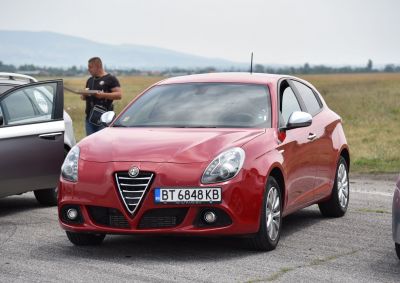
| Production: | 2010-2016 |
|---|---|
| Model Year: | 2011 |
| Length: | 4351 mm171.3 in |
| Width: | 1800 mm70.9 in |
| Height: | 1430-1465 mm56.3-57.7 in |
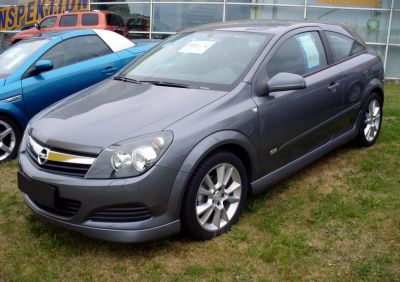
| Production: | 2005-2006 |
|---|---|
| Model Year: | 2005 |
| Length: | 4290 mm168.9 in |
| Width: | 2033 mm80.0 in |
| Height: | 1415 mm55.7 in |
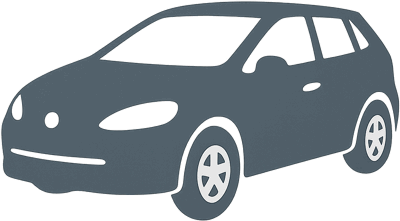
| Production: | 2016-2018 |
|---|---|
| Model Year: | 2017 |
| Length: | 4350 mm171.3 in |
| Width: | 1780 mm70.1 in |
| Height: | 1450 mm57.1 in |
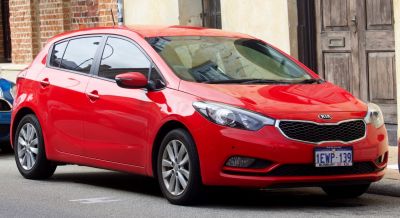
| Production: | 2012-2016 |
|---|---|
| Model Year: | 2013 |
| Length: | 4350 mm171.3 in |
| Width: | 1780 mm70.1 in |
| Height: | 1450 mm57.1 in |
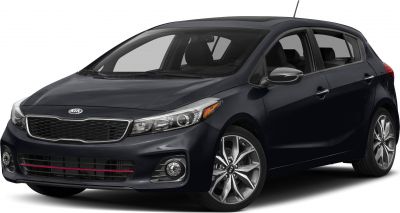
| Production: | 2017-2018 |
|---|---|
| Model Year: | 2017 |
| Length: | 4350 mm171.3 in |
| Width: | 1780 mm70.1 in |
| Height: | 1450 mm57.1 in |
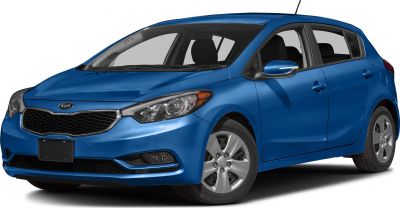
| Production: | 2013-2016 |
|---|---|
| Model Year: | 2014 |
| Length: | 4350 mm171.3 in |
| Width: | 1780 mm70.1 in |
| Height: | 1450 mm57.1 in |
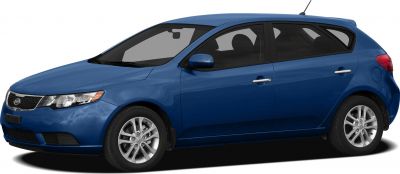
| Production: | 2010-2013 |
|---|---|
| Model Year: | 2011 |
| Length: | 4340 mm170.9 in |
| Width: | 1775 mm69.9 in |
| Height: | 1460 mm57.5 in |
